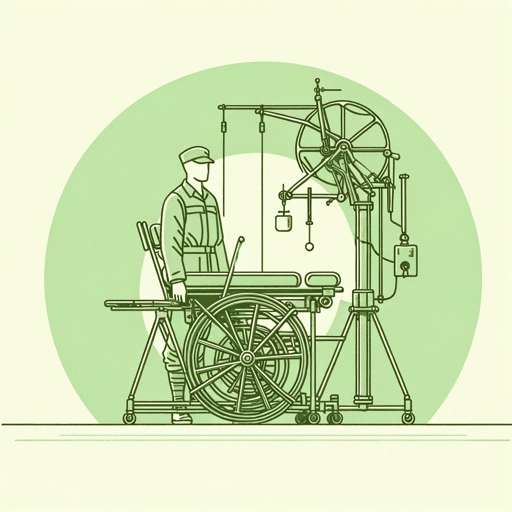31 pages • 1 hour read
Ernest HemingwayA Day's Wait
Fiction | Short Story | Adult | Published in 1933A modern alternative to SparkNotes and CliffsNotes, SuperSummary offers high-quality Study Guides with detailed chapter summaries and analysis of major themes, characters, and more.
Story Analysis
Analysis: “A Day’s Wait”
“A Day’s Wait” shows how withholding information to save another’s feelings only causes more suffering. The title “A Day’s Wait” refers to Schatz’s waiting an entire day believing that he’d die. However, these thoughts were completely avoidable. For example, had Schatz asked about his prognosis or shared his worries, he would have learned of his error far more quickly. Similarly, had either the doctor or his father included him in discussing his care, Schatz would not have endured nearly as much emotional turmoil. However, in the hopes of alleviating worry, the characters all omit the truth and even lie, causing more hardship than if they’d simply volunteered information in the first place.
Schatz is the worst example. From the story’s beginning, he claims to be fine when he’s clearly ill. For example, Papa describes Schatz as “shivering, his face was white, and he walked slowly as though it ached to move” (Lines 2-3). Nevertheless, the boy states twice that he’s fine when he very obviously isn’t. The only logical explanation is that he doesn’t want to worry his father, but the fact that Schatz repeatedly claims that he’s fine causes his father more worry.
Related Titles
By Ernest Hemingway

A Clean, Well-Lighted Place
Ernest Hemingway

Across the River and into the Trees
Ernest Hemingway

A Farewell to Arms
Ernest Hemingway

A Moveable Feast
Ernest Hemingway

A Very Short Story
Ernest Hemingway

Big Two-Hearted River
Ernest Hemingway

Cat in the Rain
Ernest Hemingway

For Whom the Bell Tolls
Ernest Hemingway

Green Hills of Africa
Ernest Hemingway

Hills Like White Elephants
Ernest Hemingway

In Another Country
Ernest Hemingway

Indian Camp
Ernest Hemingway

In Our Time
Ernest Hemingway

Old Man at the Bridge
Ernest Hemingway

Soldier's Home
Ernest Hemingway

Solider's Home
Ernest Hemingway

Ten Indians
Ernest Hemingway

The Garden of Eden
Ernest Hemingway

The Killers
Ernest Hemingway

The Nick Adams Stories
Ernest Hemingway

